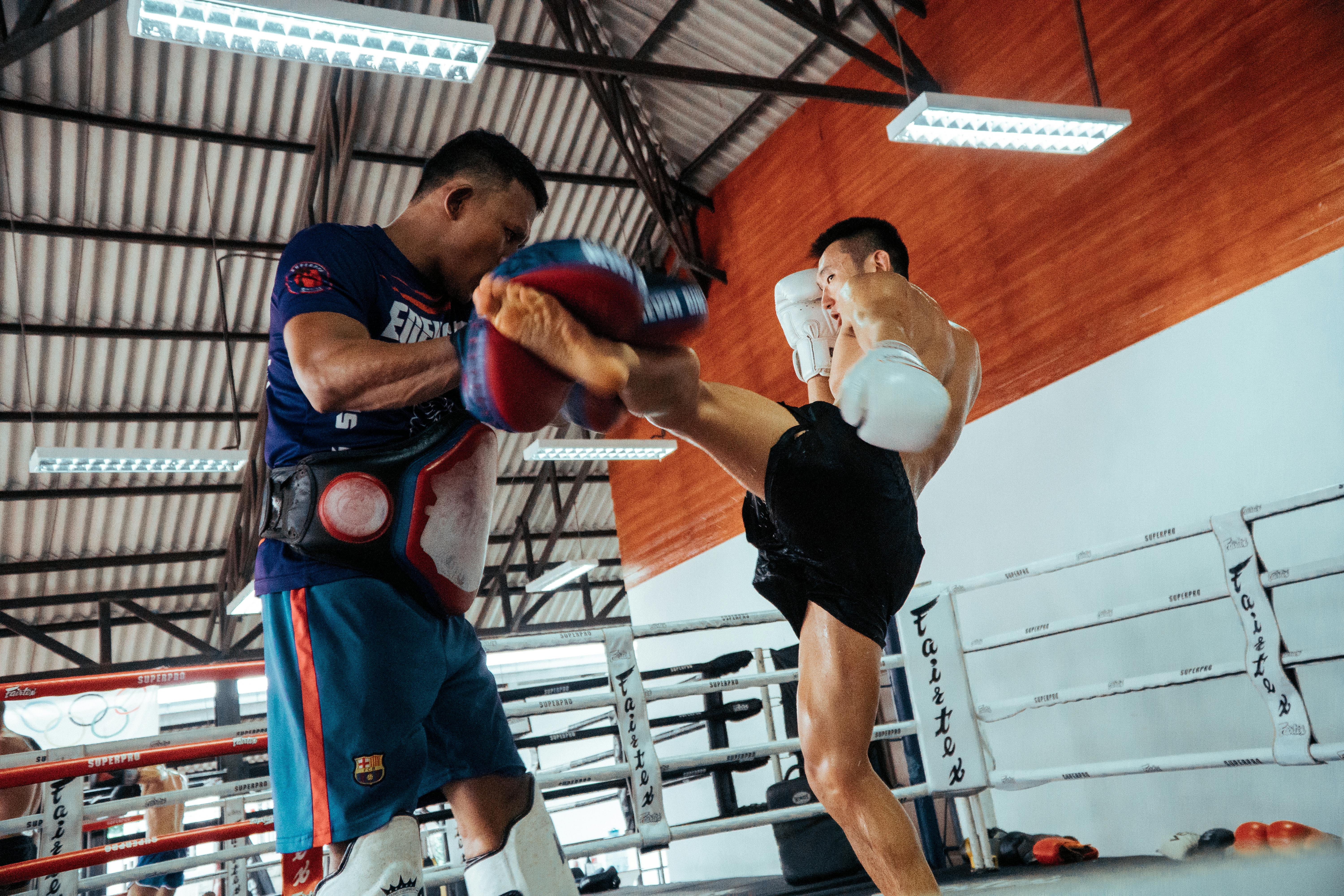Breaking Barriers: The Impressive Emergence of Mixed Martial Arts
Mixed Martial Arts, popularly known as MMA, has taken the sports world by storm over the past few decades. This combat sport, which combines elements from various martial arts and combat sports from around the world, has grown exponentially in popularity and participation. Yet, MMA's story isn't just about punches and kicks—it's about breaking barriers, challenging norms, and redefining what it means to be a fighter.

1. The Birth of Mixed Martial Arts
MMA’s roots can be traced back to different cultures and periods in history. The ancient Greeks introduced a combat sport called Pankration, which was a blend of wrestling and boxing, to the Olympic Games as early as 648 BC. However, the modern form of MMA as we know it began to take shape in the late 20th century. In the 1990s, the Ultimate Fighting Championship (UFC) was established in the United States, marking a significant milestone in the sport’s history. The initial goal was to pit fighters of different disciplines against each other, showcasing the effectiveness of various martial arts styles.
2. The Rapid Growth and Mainstream Acceptance
The popularity of MMA has skyrocketed since its inception. With star fighters such as Conor McGregor and Ronda Rousey becoming household names, the sport has convincingly broken into mainstream culture. Television deals, pay-per-view events, and the growth of organizations like UFC and Bellator have significantly contributed to the sport’s visibility and financial success. The sport has also made significant strides in its regulation, with standardized rules and weight classes now in place, further legitimizing MMA as a sport.
3. The Science Behind MMA
The multifaceted nature of MMA requires its athletes to master a wide array of skills and techniques. Fighters must possess strength, speed, agility, endurance, and flexibility to excel. The physical demands of MMA are immense, with research indicating that fighters often exhibit high levels of aerobic and anaerobic fitness. The sport also calls for a strategic mindset, as fighters must continually adapt their tactics based on their opponent’s strengths and weaknesses.
4. The Appeal and Challenges of MMA
MMA’s appeal lies in its diversity and dynamism. The sport embraces a wide range of martial arts styles, from Brazilian Jiu-Jitsu and Muay Thai to Boxing and Wrestling, allowing fighters to express their individuality. However, MMA is not without its challenges. The sport has faced criticism for its perceived violence and risk of injury. While safety measures have improved, the physical and mental health of fighters remain a pertinent issue.
5. The Future of MMA
As MMA continues to grow and evolve, it is poised to become an even more significant player in the world of sports. The sport’s global reach is expanding, with fighters and fans hailing from all corners of the world. Technological advancements in training and performance analysis are also set to revolutionize how fighters prepare and compete. While the journey of MMA is far from over, its meteoric rise signals a bright future ahead.
MMA has truly carved a niche for itself in the sports world. As it continues to evolve, it serves as a testament to the power of resilience, innovation, and the human spirit. Its story is one of challenge and triumph, a testament to the athletes who step into the octagon and the fans who support them.




